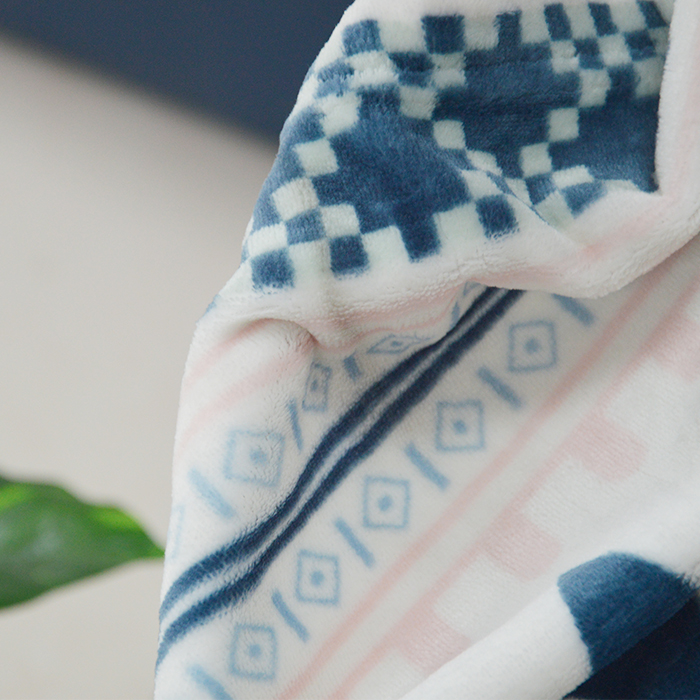How to produce high quality flannel blanket
2024-04-07
How to produce high quality flannel blanket
Producing a flannel blanket is a popular and relatively straightforward process that combines softness, warmth, and comfort into a versatile textile product. Flannel blankets are a favorite among consumers for their plush feel, cozy warmth, and stylish designs. In this guide, we will delve into the process of manufacturing flannel blankets, from selecting materials to finishing touches.
1. Selecting Materials
The first step in producing a flannel blanket is selecting the right materials. Flannel fabric is typically made from cotton, wool, or synthetic fibers like polyester. Cotton flannel is the most common material and is valued for its softness and breathability. Wool flannel is warmer and more durable, while synthetic flannel is often more affordable and easier to care for.
2. Weaving Process
Once the material is selected, the next step is the weaving process. Flannel fabric is usually woven in a twill or plain weave pattern, which creates a slightly raised surface known as a nap. The nap is what gives flannel its characteristic softness and warmth. The fabric is then brushed to raise and soften the fibers even further.
3. Dyeing and Printing
After weaving, the flannel fabric is dyed or printed to add color and designs. Dyeing involves immersing the fabric in a solution of water and dye, while printing uses methods like screen printing or digital printing to apply patterns and designs. Flannel blankets come in a wide range of colors and patterns, from classic plaid to modern geometric designs.
4. Cutting and Sewing
Once the fabric is dyed or printed, it is cut to the desired size for the blanket. Flannel blankets come in various sizes, from throw blankets for lounging on the sofa to king-size blankets for the bed. The cut pieces are then sewn together using a sewing machine or serger to create the final blanket shape.
5. Finishing Touches
After sewing, the blanket goes through a finishing process to ensure quality and durability. This may involve hemming the edges, adding decorative trim or fringe, and inspecting the blanket for any defects. Quality control is an essential step in the production process to ensure that each blanket meets the company's standards.
6. Packaging and Distribution
Once the flannel blankets are finished, they are packaged and prepared for distribution. Packaging may include wrapping in plastic or paper, adding labels or tags with care instructions, and stacking in boxes for shipping. Flannel blankets are popular items in stores, online, and at events like craft fairs or trade shows.
Overall, producing a flannel blanket involves careful attention to detail, quality materials, and skilled craftsmanship. By following these steps, manufacturers can create a product that combines style, comfort, and warmth for consumers to enjoy.





